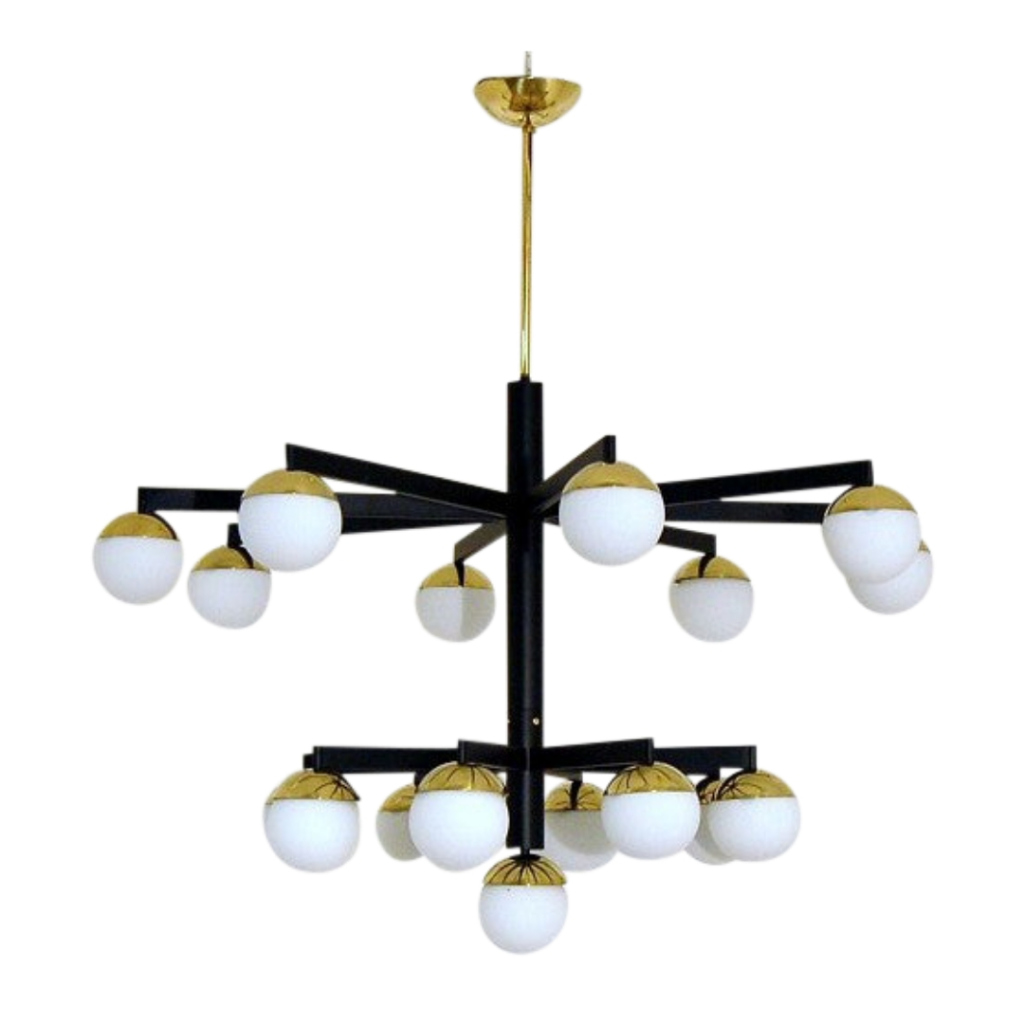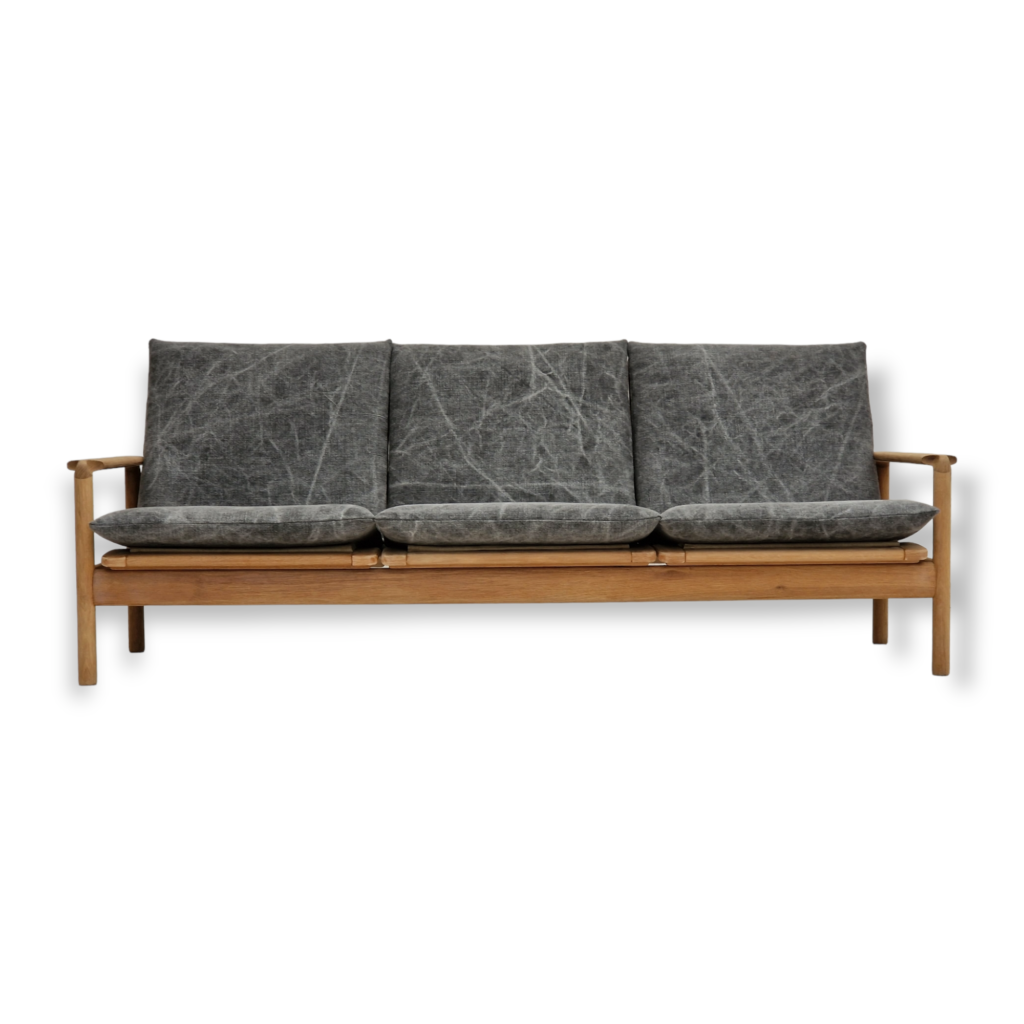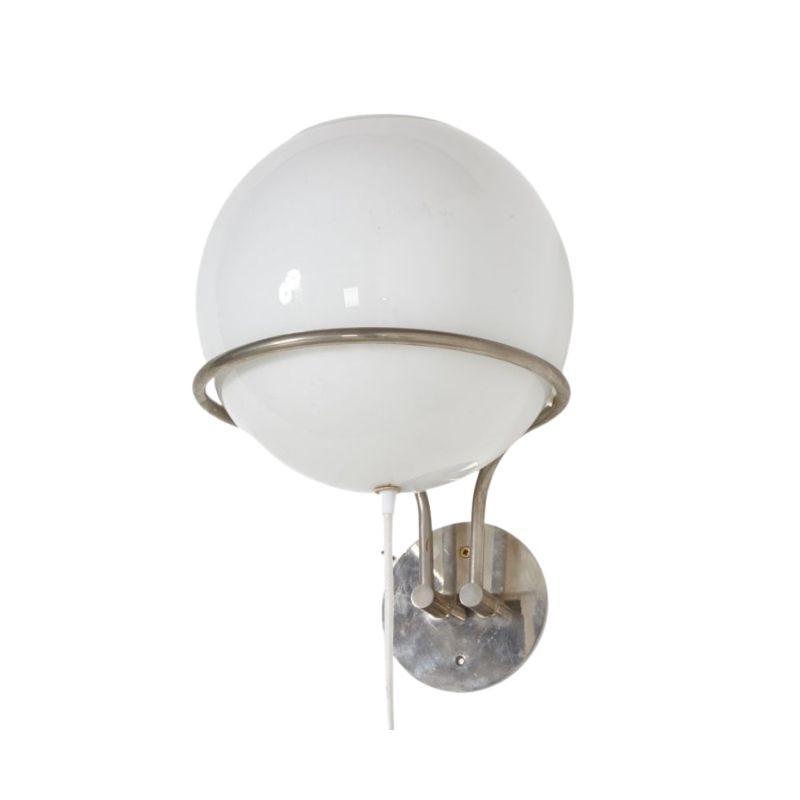I am probably not the target buyer for items marked "price on request". It usually means that the item is out of my price range, such as the fantastic Kaare Klint stool linked to below. Still, I find it rather annoying, and would probably feel the same way even if I had limitless funds. So I almost never request a price. What is the reason for this practice?
See old thread.....
....here:
http://www.designaddict.com/design_addict/forums/index.cfm/fuseaction/th...
Thanks.
It doesn't make sense though. Reading that thread, the reasons for listing something as P.O.R./P.O.A. can be summarised as:
* Avoid losses from exchange rate fluctations
* Target the price to the potential buyer
It doesn't make sense because I have never been asked about the currency I will pay in, nor do I see that it matters as the seller decides the currency to withdraw the purchased amount in.
I have also never given out any information about myself or been asked to do, or been asked any questions whatsoever.
Yes, there is the benefit of not having to update prices for slow moving items, but that, I am sure, is offset by the number of people who never bother to ask but might have bought it had the price been indicated.
I agree....
POR/POA either means that the seller will use different pricing depending on the potential client, or the price is ridiculously high.
You know,..the antique/junk shop that calls itself a "gallery".
Either way, it's a 90% turnoff to me.
Incidentially, POA really stands for
Price well
Over what
Anyone should pay.
Althought it sometimes makes...
Althought it sometimes makes me as irritated as anyone else here, I must say that I can understand why a dealer feels he needs to write 'POR/POA'.
It simply comes down to the accessibility of information on the net these days.
There's different layers of dealers; Thrift stores, local auction houses, vintage furniture dealers, specialized modern furniture dealers and high end dealers and so on...
Basically the person with the most information and the right contacts with collectors and museums (or just rich people) will have the power to ask a higher price, than those who don't know what they have. Now, if everyone had the same info, you would loose that power. It would mean that the old lady selling her old 'Eames style glass table' on Craigslist, would instead list her 'rare Carlo Molino dining table', for a million bucks...
It would simply be impossible to find the right items and make a living from dealing with collectible furniture if everyone knew it's worth. It would also make it impossible for those of us, who have the knowledge but no money, to get a good bargain once in a while...
No, but
those jokers who disguise the price as POR/POA are doing us and themselves a disservice.
They have the right to sell an item at whatever price they want, but they must assume that anyone looking might want to know the price without having to take the extra time to email them with the request of price.
And, I already mentioned that I'm just insecure enough to wonder if the price they quote me is the same price they quote others.
If they list the price, then there's no reason to wonder.
Heck, 1st Dibs posts prices; all they ask if that you create a nickname and password...no problem for me.
Barry, you may not be paranoid
You know how those supermarket club cards track your buying habits, and how all that data is getting mined, and (for example) how they print coupons tailored to the customer, based on their histories etc?
Well it's not so far-fetched to imagine a day when our IP addresses will be used similarly, so that when you visit a website, the software will automatically calculate "your" (special) price (again, based on your purchasing history around the net -- they'll know what you're willing to pay for various items).
Technology is the only reason this hasn't happened yet, and the reason that it's fast approaching. Pricing is very often flexible, based on the customer (senior discounts, frequent buyer discounts, club card discounts, discounts/interest rates based on credit history, etc etc). Once all that data is indexed and cross-indexed, voila.
Scary? I think so.
Enough, already
Good Gosh. This debate has gone on long enough and crossed over into the surreal. These poor souls on 1stdibs are dealers, for goodness sakes. There is ALWAYS a pricing differentiation on furniture, folks. There is a price for whole container buyers, stocking dealers, regular dealers, interior decorators and the general public.
The retailers who post a price on 1stdibs are posting the retail price. That price goes down if you are a retailer yourself or a decorator. Retailers and decorators never, repeat never, pay retail from another retailer. (At least the profitable ones don't).
Retailers who choose not to post a price on 1stdibs or elsewhere are not scheming to get your millions. They are waiting to see whom is inquiring. If you are a stocking dealer, you will be given a 40% discount. If you are a decorator, you will be given a 25% discount. If you are Joe Schmoe, you will pay retail. Where is the mystery in this? It has been this way forever, altho, perhaps not on the internet for all the world to see.
I will say that I see no advantage to having people contact you to obtain a price. If you are an honest retailer who prices things according to the going rate in your market, you should have no issues with publishing your retail price. Savvy customers who buy at a wholesale level will be able to do the math and ask for the proper discount.
Retail terms
WHC, sorry I didn't see this question. A buyer that is designated as a container buyer usually has more than one retail outlet and plenty of warehouse space. They must meet the manufacturers' minimum order requirements for containers. These requirements differ by each manufacturer, of course, but they usually involve multiples of each piece. (i.e. you have to order not just one of the blue couch, but four).
The stocking dealer is a smaller retailer who can meet an order minimum designated by a manufacturer, usually somewhere between 2 and 8 thousand dollars for the initial opening order, and then will do a reorder every four months or so at about that same volume.
For example, a large retailer goes on a buying trip to the Vegas furniture market and he goes in the Four Hands showroom and he likes everything he sees, enough to fill a container, so he wants to place an order. On every tag in the showroom there are a number of prices. The suggested retail price, say $3000 for a platform bed. Next will be the stocking dealer price, usually around a 40% discount ergo $1800, and then will be the container price followed by the minimum number of beds the container buyer has to buy, in our example that would read $1500 (4). So the container buyer gets his beds for 1500 dollars, but he has to order 4 of the exact same bed. Now, interior decorators who only are looking for one piece of furniture for a client and don't want to meet a minimum order, are usually given a 25% discount off retail.
That was a rather long-winded explanation, sorry.
regarding POA or POR
I seriously doubt that anyone who resents POA or POR are serious collectors of high end pieces... I would bet they are people with champagne tastes and beer budgets (cheap beer at that). Everyone and their grandmother already thinks that any old piece that they have had for fifty years is worth a fortune but a general good rule is: if it was super expensive when it was originally purchased (think a years salary for a table), it will be super expensive today (a Carlo Mollino table cost a fortune 55 years ago, as it does today). Unless grandma was spending piles of money on interior design years and years ago, had very sophisticated taste, was always interested in cutting edge design and traveled in the jet set circles of the past, a fair bet is that her house full of old stuff purchased at the local furniture store is not worth much. If you are really interested in purchasing a piece how hard is it to actually call a dealer and inquire as to a price? If you really want to see prices, check out what Sothebys and Christies is getting for 20th century pieces these days.. Dealers can only dream of getting those kind of prices.
If you need any help, please contact us at – info@designaddict.com









